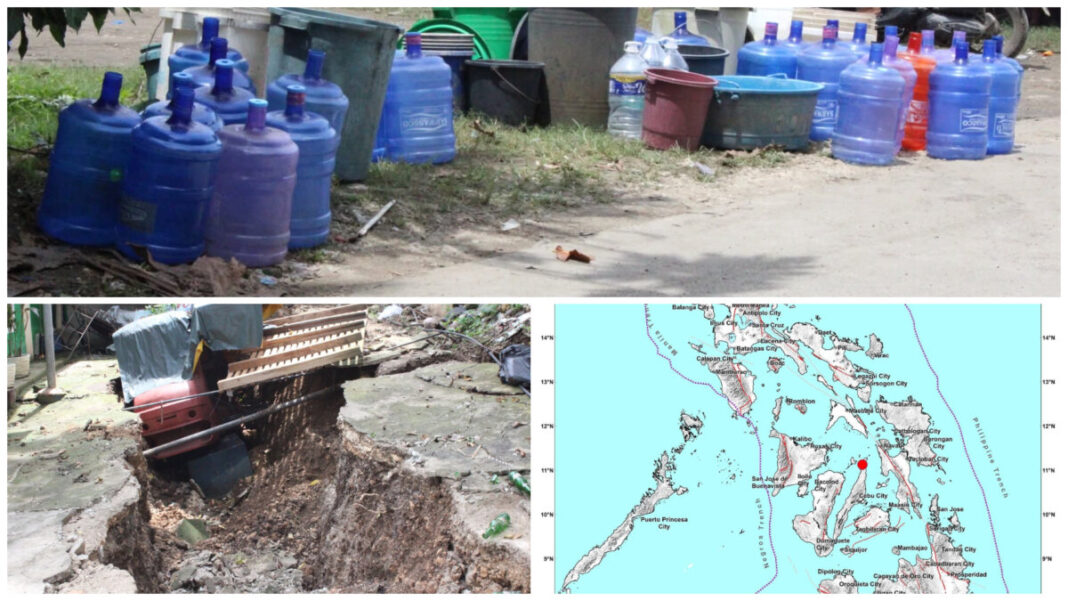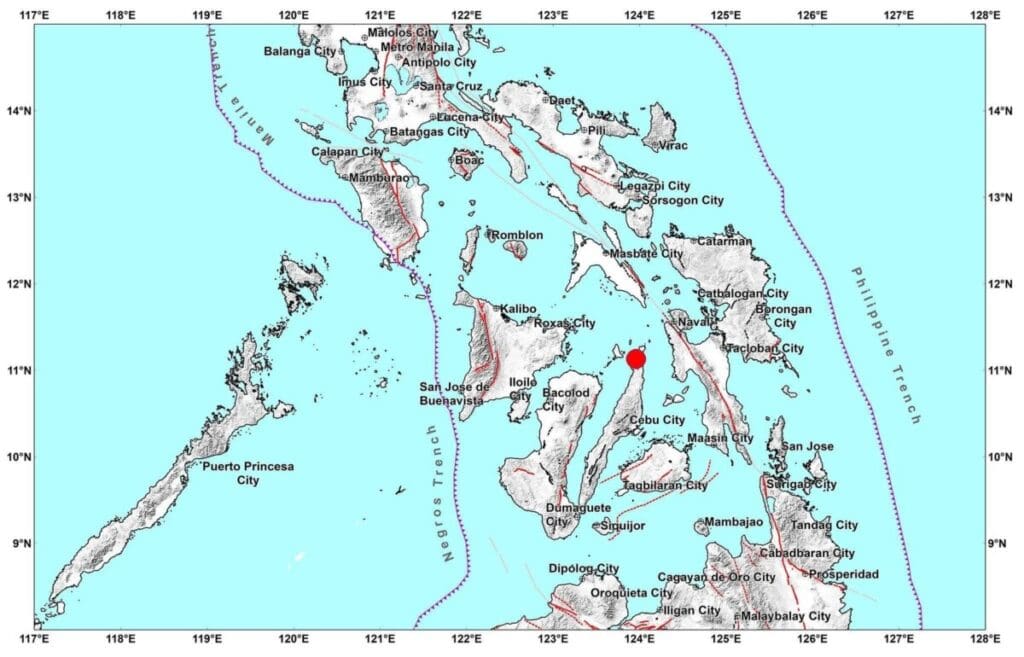
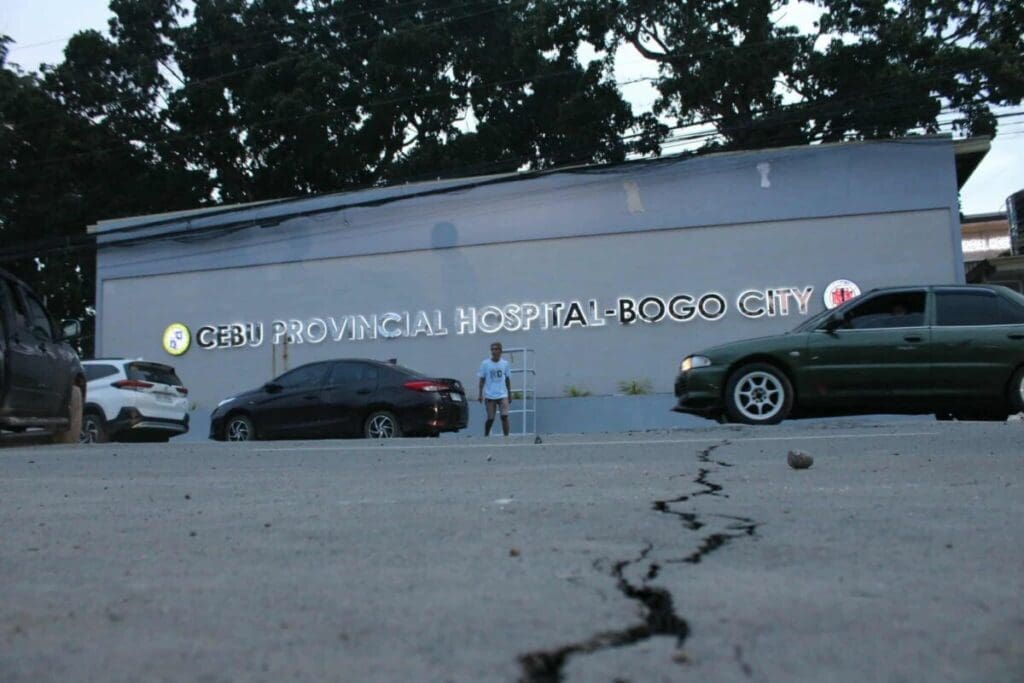
When the magnitude 6.9 earthquake struck Cebu, the earth roared and split beneath the north. The epicenter was traced to Bogo City, a busy hub where buildings collapsed, churches cracked, and hospitals filled in minutes. Attention naturally turned there, as rescue teams raced to save lives amid the ruins. Images of Bogo’s devastation became the face of the disaster. But while the spotlight fell on the city, outside its borders other towns and barangays were reeling from their own quiet tragedies.
Lives Uprooted in Neighboring Towns
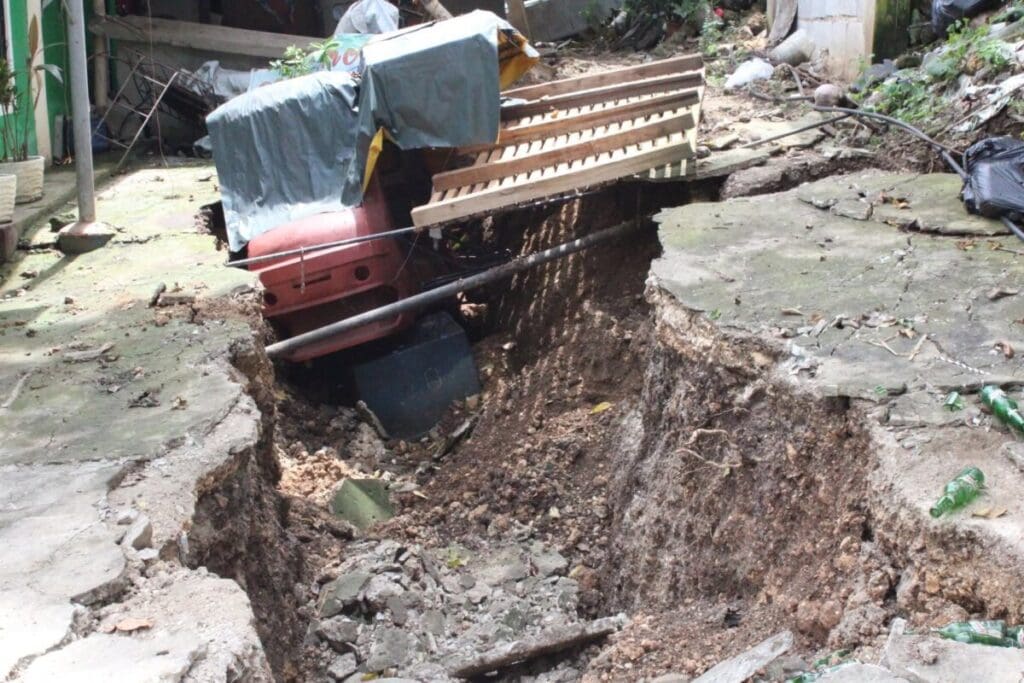
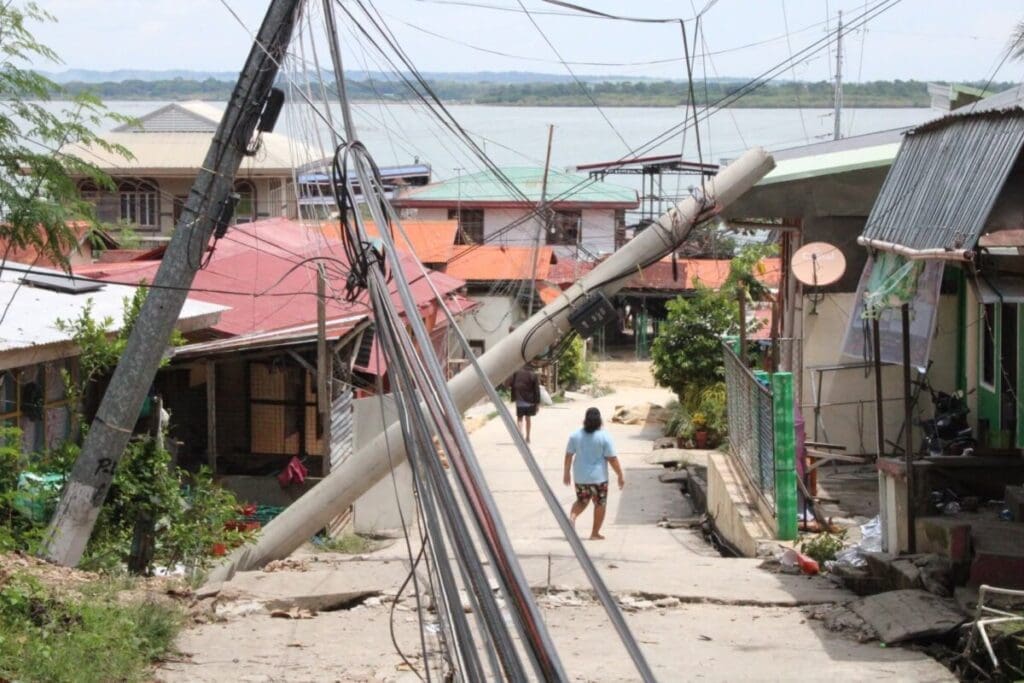
In San Remigio, the collapse of a sports complex during a community gathering left families grieving and survivors crying out for medical care. In Medellin, villagers awoke to find their homes unlivable, their kitchens and bathrooms reduced to rubble, their neighbors missing beneath the debris. In Tabogon and Tabuelan, landslides blocked narrow roads, leaving families stranded without supplies and cut off from the outside world. These communities suffered wounds as deep as the epicenter’s, yet their stories reached fewer ears.
The Long Wait for Help
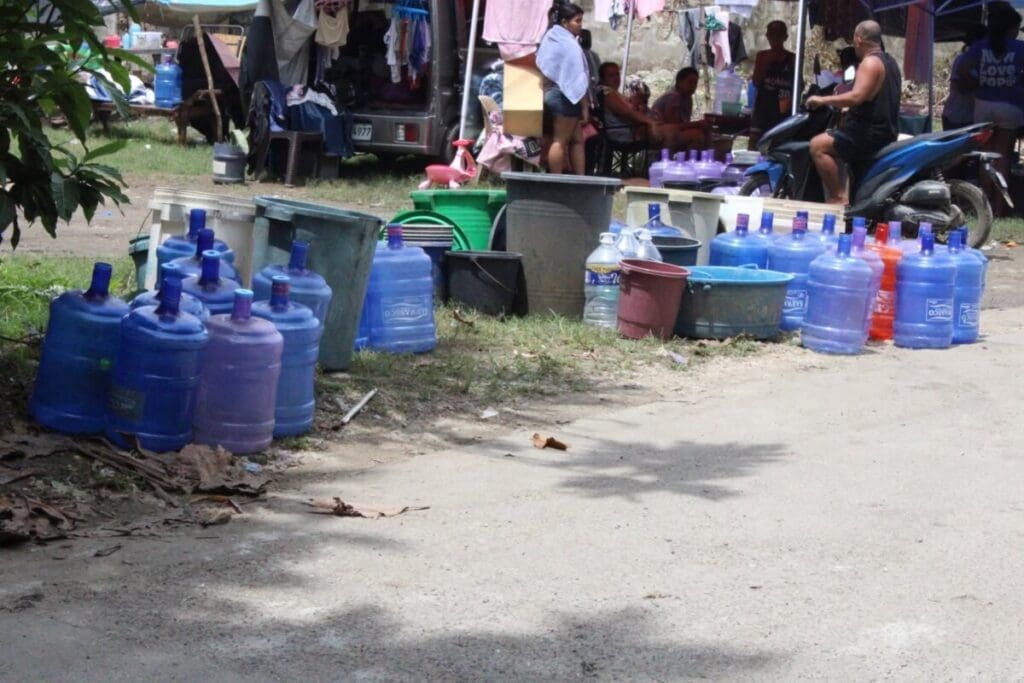
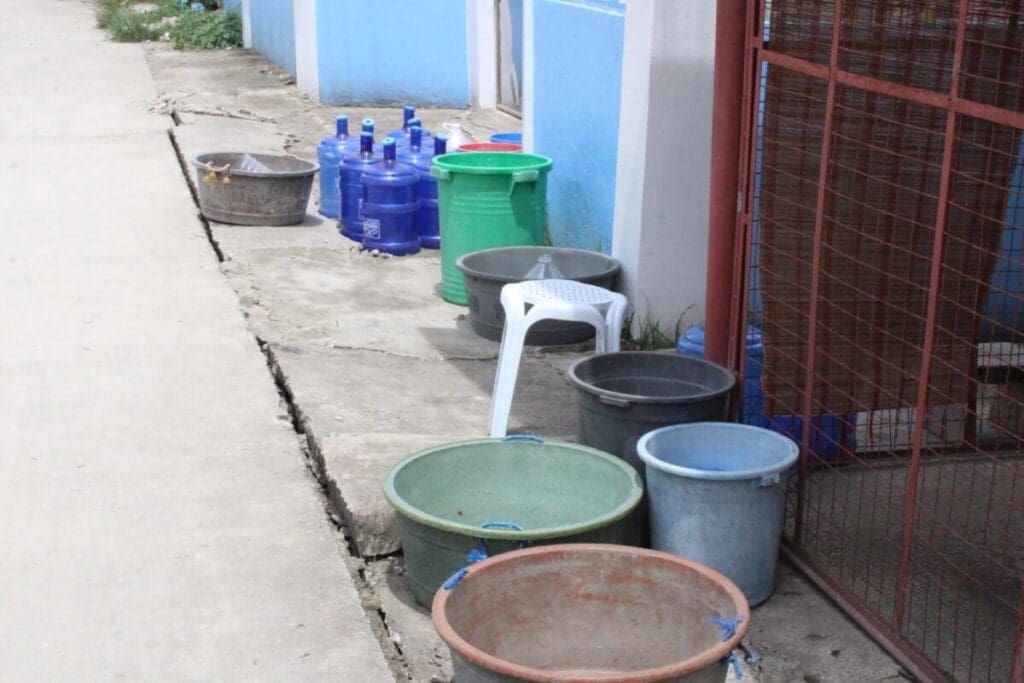
For residents in smaller barangays, the days that followed were marked by uncertainty and fear. Electricity was gone, communication lines severed, and water scarce. Mothers searched for clean drinking water while children shivered in makeshift shelters pieced together from salvaged wood and tarpaulin. Some residents tried to walk long distances just to send word that they were still alive. Others sat in silence, waiting for rescue teams that took days to arrive. Their suffering was not less than Bogo’s, it was simply less visible.
Unseen but Not Unbroken
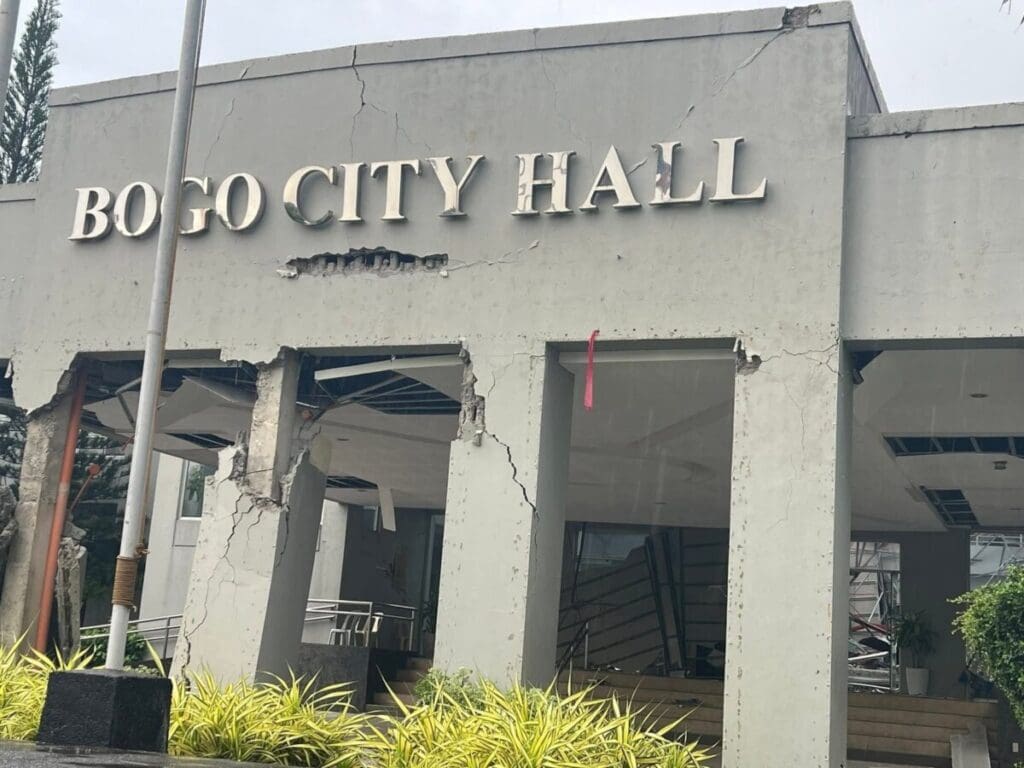
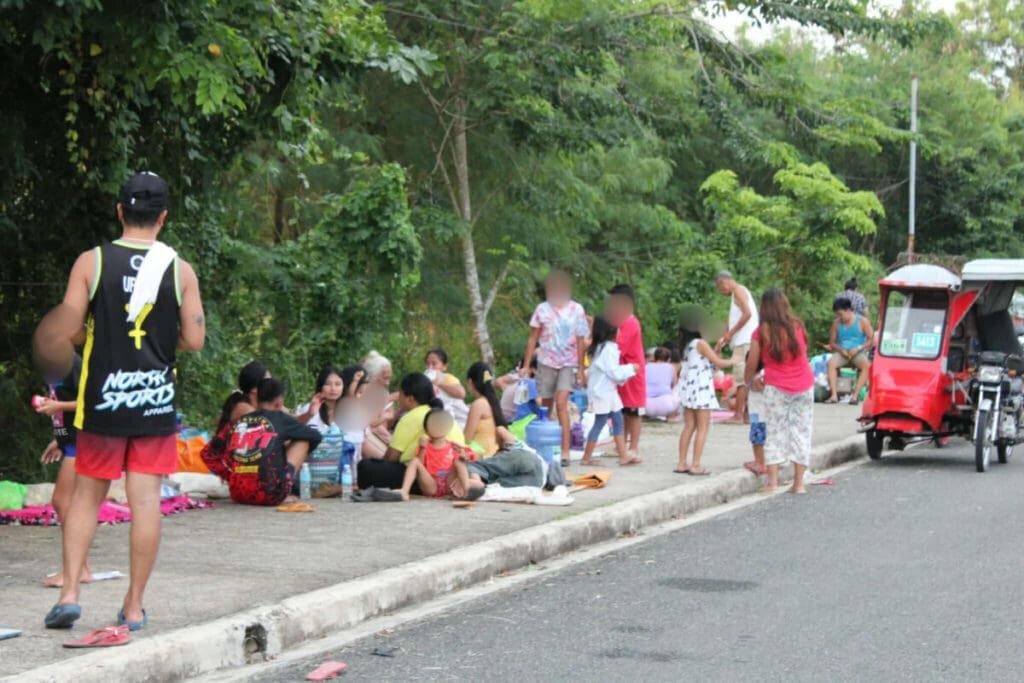
The focus on Bogo City was understandable. It was where the earthquake was centered, where destruction was most visible, and where population density meant urgent triage was needed. Yet the neighboring towns remind us that disasters do not stop at city limits. For those who lived through the quake outside Bogo, the greatest pain has been the feeling of invisibility, the sense that their struggles were overshadowed by the larger story.
A Wider Story of Resilience
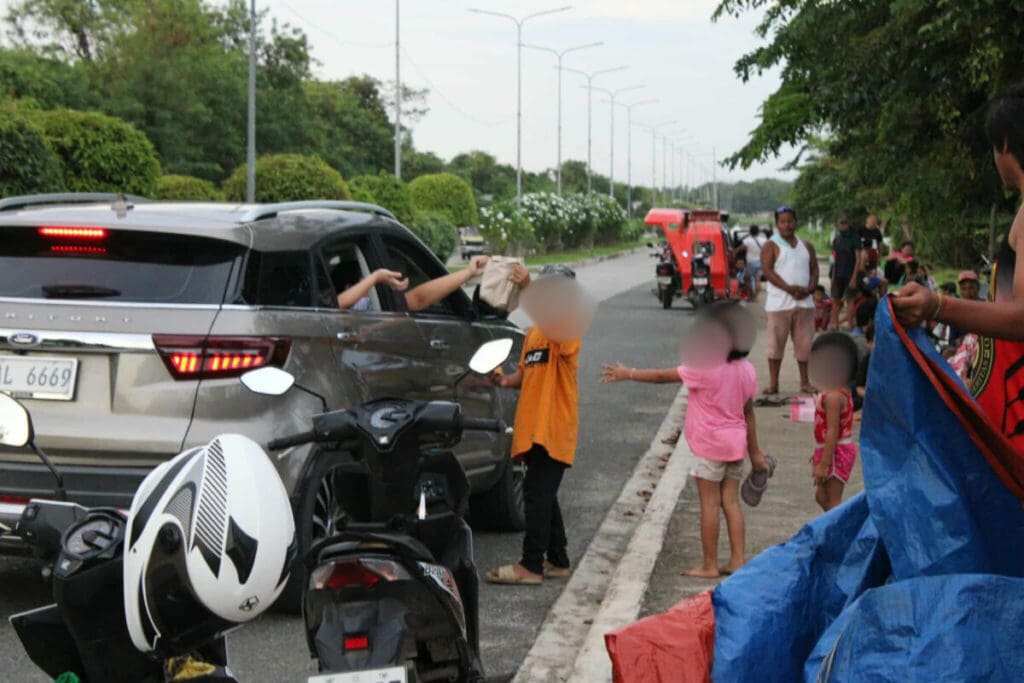
Today, as northern Cebu begins to recover, what unites these communities is not only shared devastation but shared resilience. In San Remigio, neighbors cook what little food they have and share it among families. In Medellin, residents build temporary shelters together, hammering nails into salvaged wood under the heat of the sun. In Tabogon, young men clear blocked paths with their bare hands to reconnect their barangay with the main road. Their voices deserve to be heard, not in competition with Bogo’s story, but alongside it.
Remembering the Margins
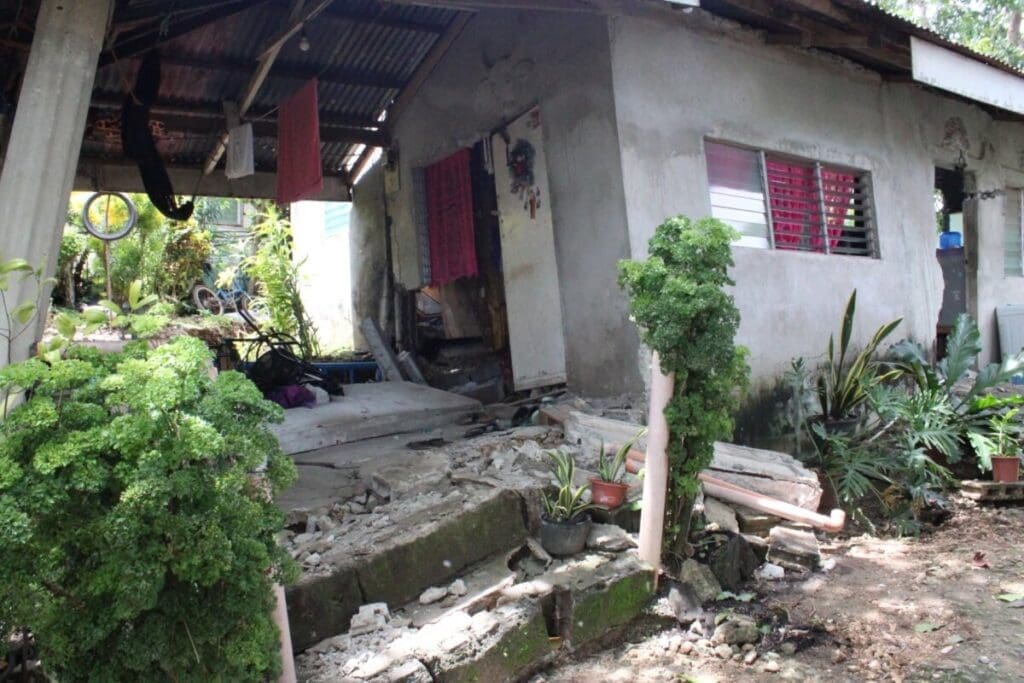
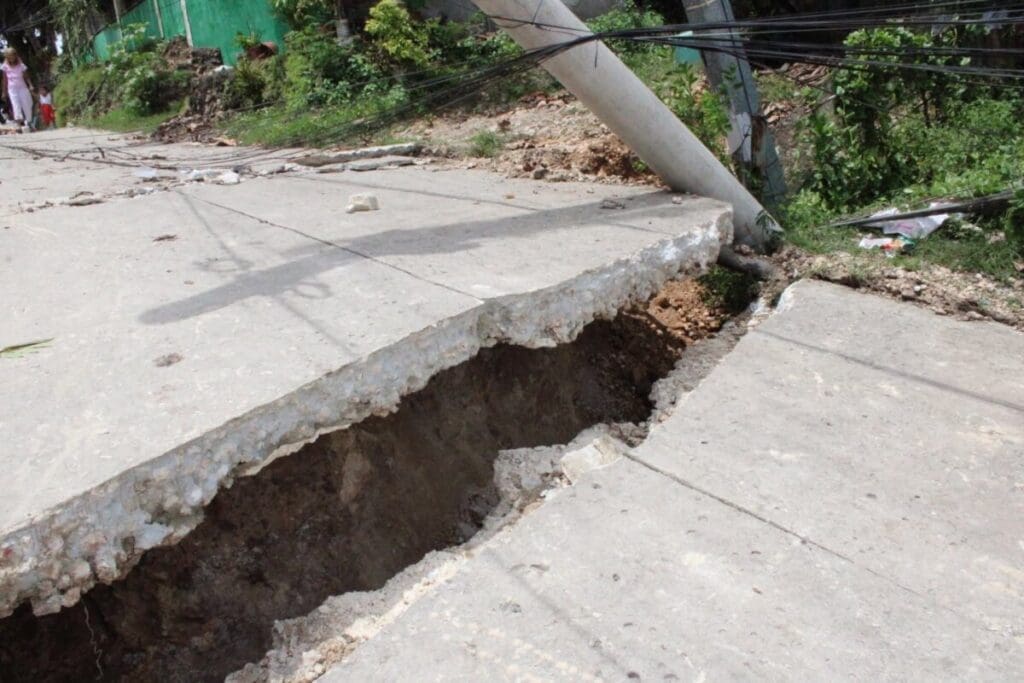
The earthquake that shook Bogo also shook San Remigio, Medellin, Tabogon, Tabuelan, and countless smaller barangays. The tremors did not choose a single city, the devastation rippled across the province. To understand the true scope of Cebu’s suffering, we must look beyond the epicenter and listen to the quieter cries from the margins. These voices are not asking for more, they are asking not to be forgotten.

